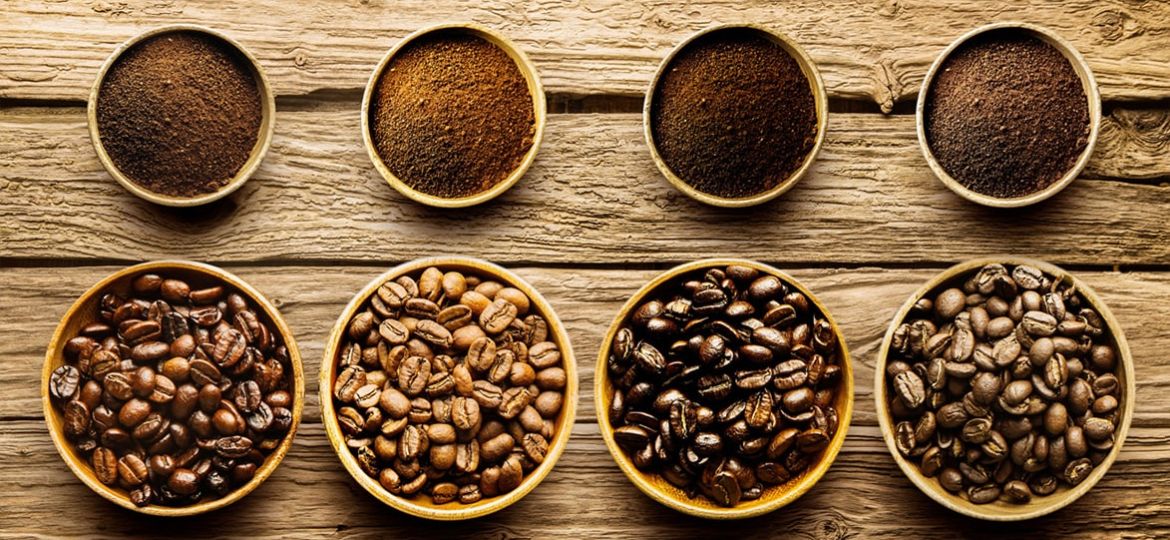
Low acid cold brew coffee is a gentler alternative to your traditional cup of joe. It’s exactly what it sounds like: cold brew coffee that’s low in acid. This brewing method involves steeping coffee grounds in cold water for an extended period, typically 12-24 hours. The result? A smooth, mellow coffee that’s kind on your stomach and rich in flavor.
Why the buzz about low acid cold brew? It’s not just a trendy drink; it’s a game-changer for those sensitive to acidity. Plus, its popularity has soared because it combines the beloved cold brew’s smoothness with a gentler impact on digestion.
Key Takeaways
- Low Acidity, High Pleasure: Low acid cold brew is easier on the stomach and teeth, making it a favorite for those with digestive issues or acid sensitivity.
- Smooth Flavor Profile: Expect a less bitter, more nuanced flavor. Cold brewing extracts fewer acids, offering a unique taste experience.
- Brew It Right: Making low acid cold brew at home is simple but requires patience. The key is in the slow steeping process, which ensures lower acidity.
- Bean Selection Matters: Not all beans are created equal. Choose the right roast and origin for a truly low-acid brew.
- Health Benefits Aplenty: Beyond being stomach-friendly, low acid cold brew is packed with antioxidants, potentially offering a boost to your health.
- Customize Your Cup: Whether you like it strong or mild, you can tweak your brewing time and coffee-to-water ratio to get your perfect brew.
The Science Behind Low Acid Cold Brew Coffee
Ever wondered why low acid cold brew coffee is such a hit, especially among those who can’t stomach regular coffee? Let’s dive into the science that makes this brew a gentler, yet equally delightful alternative to its hot counterpart.
Cool Brewing, Lower Acidity: The magic begins with the brewing temperature. Cold brew, as the name suggests, steeps coffee grounds in cold water, usually over 12 to 24 hours. This slow and cool process doesn’t extract as much of the acidic compounds found in coffee beans compared to hot brewing methods. What you get is a coffee that’s not just cool but also less acidic and smoother on your palate and stomach.
Acidity Isn’t Just About pH: When we talk about acidity in coffee, it’s not just about the pH level but also about the flavor profile. Cold brewing minimizes the extraction of compounds that can give coffee a sharp, tangy taste. So, low acid cold brew is not just easier on the stomach; it also offers a smoother, sometimes chocolaty, and rich flavor experience.
Bean There, Done That: Not all beans are the same when it comes to acidity. The origin of the coffee bean plays a crucial role. Beans grown at higher elevations often have more complex flavors, including higher acidity levels. However, when these beans are cold brewed, the process tames their acidic notes, highlighting their other flavors without the bite.
Processing Matters: The way coffee beans are processed before they reach your grinder can also influence their acidity. Different methods, like washed or natural, can affect the final acidity level of your brew. When paired with the cold brew method, the right processing can help ensure your coffee is as low acid as possible.
Embracing Variety: Exploring different beans and their origins can be a delightful journey into the world of low acid cold brew. Each type of bean, depending on its origin and processing, brings its unique flavor profile to the table, especially when brewed cold.
How to Make Low Acid Cold Brew Coffee
Ready to dive into the world of low acid cold brew coffee? Here’s a straightforward, no-fuss guide to crafting your own batch at home, ensuring a smooth, flavorful cup that’s gentle on your stomach.
Ingredients and Tools You’ll Need:
- Coarsely ground coffee beans (prefer a medium to dark roast for lower acidity)
- Cold or room temperature water
- A large jar or container with a lid
- A fine mesh strainer or coffee filter
- Optional: Flavorings or sweeteners to taste
Step-by-Step Brewing Guide:
- Coffee to Water Ratio: Start with a basic ratio of 1 cup of coffee grounds to 4 cups of water. This can be adjusted based on your preference for strength.
- Mixing: In your container, combine the coffee grounds and water. Stir gently to ensure all the coffee is wet.
- Steep Time: Seal the container and place it in the refrigerator. Let it steep for 12-24 hours. The longer you steep, the stronger and less acidic the brew will be.
- Straining: Once your brew has steeped, strain it using a fine mesh strainer or a coffee filter. You might need to strain a couple of times to get rid of all the coffee grounds.
- Diluting (Optional): If your brew is too strong, you can dilute it with some water or milk to get it just right.
- Adding Flavors (Optional): Feel free to add some vanilla extract, cinnamon, or your preferred sweeteners to tailor the taste to your liking.
- Serving: Enjoy your low acid cold brew over ice, or heat it up if you prefer it warm. Store any leftover coffee in the refrigerator for up to two weeks.
Tips for Success:
- Choosing the Right Beans: Opt for beans that are known to be lower in acidity, such as those from Brazil, Sumatra, or Hawaii. The roast can also influence acidity – darker roasts tend to be less acidic.
- Water Quality Matters: Use filtered water if possible. It can make a difference in the extraction process and the overall taste of your cold brew.
- Experiment: Don’t be afraid to adjust the steeping time and coffee-to-water ratio to find your perfect brew strength and acidity level.
- Storage: Keep your cold brew in a sealed container in the fridge to maintain its freshness and flavor.
Choosing the Right Beans for Low Acid Cold Brew
Selecting the ideal coffee beans is a critical step in crafting a delightful cup of low acid cold brew. The right beans can make all the difference in achieving that smooth, gentle flavor profile you’re after. Here’s how to pick the best beans for your brew.
1. Roast Matters: Darker roasts are your friend here. They tend to be less acidic than lighter roasts because the longer roasting process breaks down more of the acidic compounds. Think rich, deep flavors without the sharp tang.
2. Origin Insights: Beans from certain regions are naturally lower in acidity. Look for beans from Brazil, Sumatra, or Hawaii. Brazilian beans, for instance, are often nutty and less acidic, while Sumatran coffee can offer a smooth, earthy cup.
3. Go for Quality: Choosing high-quality, organic beans can also contribute to lower acidity. Organic beans are grown without synthetic fertilizers or chemicals, which can influence the acidity and overall flavor profile of the coffee.
4. Experiment with Blends: Sometimes, the perfect low acid brew comes from a blend. Some companies create specific blends designed to minimize acidity while maximizing flavor. Don’t shy away from trying these to find your perfect match.
5. Process Counts: The way the coffee is processed post-harvest can affect acidity. Natural or dry-processed beans tend to retain more of their original sweetness and body, which can help balance acidity levels.
6. Consult Your Barista: If you’re unsure, ask for recommendations at your local coffee shop or from your favorite online coffee retailer. They can often point you toward beans that are known for their lower acidity levels.
Health Benefits and Flavor Profile
Low acid cold brew coffee isn’t just a trendy beverage; it’s a health-conscious choice with a unique flavor profile. The reduced acidity means it’s gentler on your digestive system and teeth, making it a great option for those with acid sensitivity or digestive issues. Moreover, it retains the antioxidants and anti-inflammatory properties of coffee, which can contribute to overall health.
The flavor profile of low acid cold brew is distinctively smooth and sweet, with less bitterness than traditional coffee. Expect nuanced tastes, with some brews offering hints of chocolate, nuts, or even fruity undertones, depending on the beans used.
FAQs
Why is cold brew coffee less acidic? The cold brewing process extracts fewer acidic compounds from the coffee beans, resulting in a smoother, less acidic beverage.
Can I make any coffee into a low acid cold brew? While you can cold brew any coffee, choosing beans known for lower acidity will enhance the effect.
How long should I steep cold brew for lower acidity? Typically, 12-24 hours is ideal, but longer steeping times can reduce acidity even further.
Does low acid cold brew have the same caffeine content? Yes, cold brew can have the same or even higher caffeine content than hot coffee, depending on the brewing time and coffee-to-water ratio.
Final Thoughts
Low acid cold brew coffee is a game-changer, especially for those looking to enjoy coffee without the acidic bite. It’s not just about being on-trend; it’s about offering a gentler, flavorful alternative that’s kind to your body while still delivering that beloved coffee experience. Whether you’re sensitive to acidity or just seeking a smoother cup, low acid cold brew is a delicious and health-conscious choice worth exploring.









